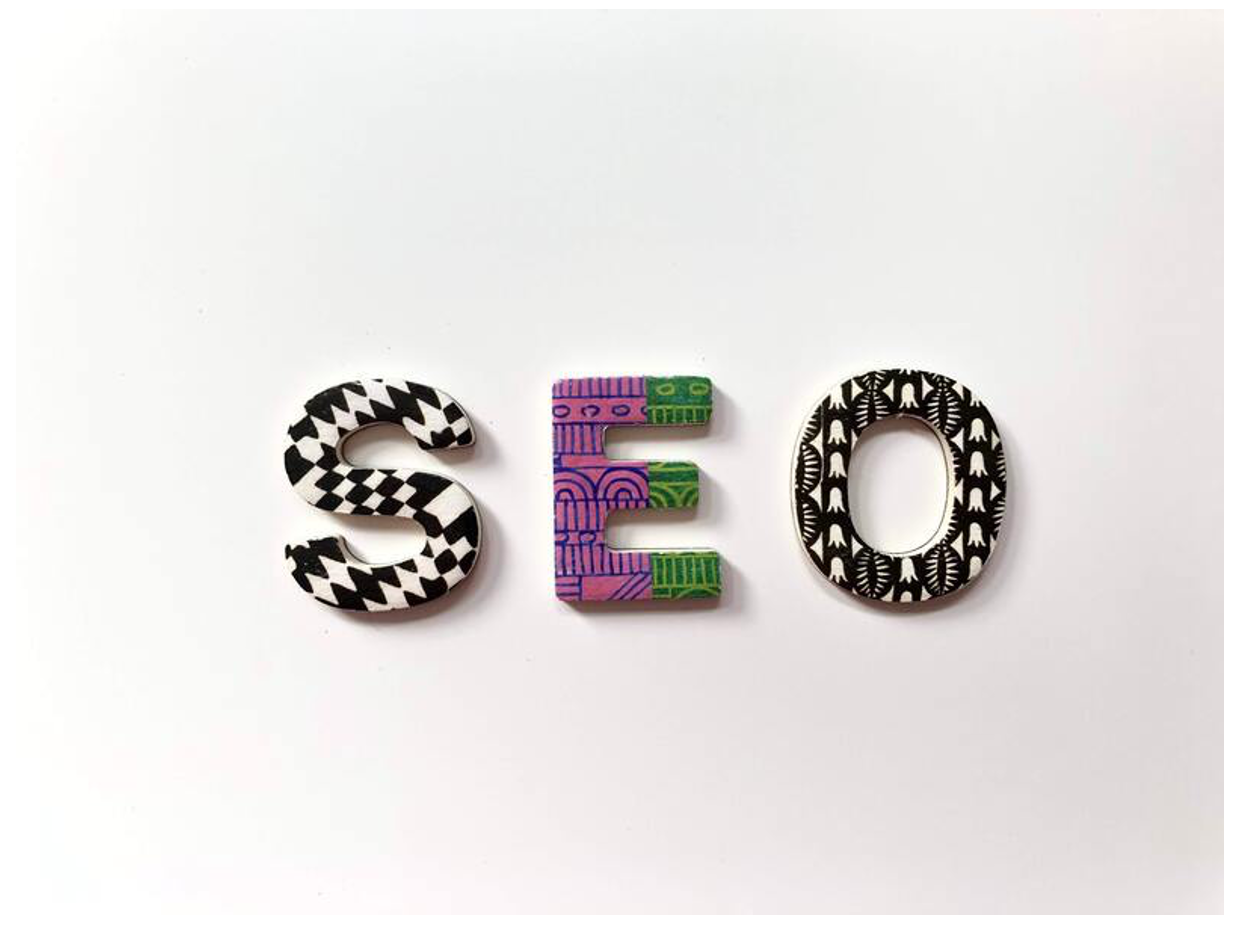Whether you’re an SEO intern at a big company, you want to convince a potential client, or you’re about to start an LLC or business on your own, below are six steps to convince a business to allocate more budget for SEO.
Companies typically do not prioritize SEO for two reasons:
- They don’t believe that SEO can be a strategic growth channel.
- They have an outdated perception of SEO (e.g., technical tweaks rather than consumer experience).
- They simply don’t have experience with it and therefore undervalue it.
Therefore, the following steps will address these two beliefs.
Step 1: Demonstrate to them, using data, how organic traffic affects revenue
Many businesses can calculate a certain lifetime value for each customer. Then they can work backward from there – i.e., leads -> clicks -> position in the SERPs -> content needed -> cost of producing such content
Step 2: Show them the opportunity cost of not investing in SEO
You can calculate this in a few different ways:
a) What is the revenue driven by [a reasonable number of monthly visitors]. This number could be anywhere from a few hundred visitors if it’s a very niche-y business (e.g., uranium production) to hundreds of thousands (e.g., B2C digital marketing or consumer electronics).
b) What is the revenue loss over the next 1-2 years if organic traffic is dropping or competitors’ traffic is growing faster?
c) If a competitor lost organic traffic, what would be the revenue loss if that happened to your business?
Step 3: Demonstrate the relationship between user experience and SEO
You can do this by showing traffic and revenue gains from competitors that have invested in user experience. Then show them the gap between your company and competitors.
Step 4: Demonstrate the impact on revenue of content generation or other SEO activities
And tell them the cost of executing activities like content creation and link building, so you’re able to provide a net revenue number.
Step 5: So far, you’ve told them why they should invest in SEO
Now you should tell them what you need to execute on this strategy. If you’re an agency, it’s the price of your services. If you’re an employee trying to convince an executive, it will be about the budget and headcount allocation for this project.
Step 6: Proof that competitors are doing it
CEOs and entrepreneurs get pitched new projects all the time. And they’re risk-averse. They really need to see that there’s ROI behind it.
But if you show them that even other businesses are doing it and that investing in SEO is the norm, you might convince them.
What too many marketers get wrong about the ROI of SEO
ROI of SEO = (Revenue from organic traffic – cost of SEO)/(cost of SEO).
Right? Wrong!
If it was that easy, this article wouldn’t even exist.
First, it’s hard to define the cost
Because there are many voices to take into account.
SEO strategy, front-end product, back-end technology, content production, analytics, and technology.
Plus, SEO scales internally
When you spend more on SEO, it means your team will need to create more content, audit more pages, and so on.
Second, it’s hard to define the revenue generated by organic traffic
What about branded search?
What about investing in new landing pages that benefit conversion, paid media, and SEO?
These have an effect on the revenue voice, but they’re not “SEO investments.
The solution is incrementality
Essentially, calculating how much new business comes from a specific campaign, channel, or strategy.
Usually, paid media teams have been more sophisticated than SEO teams at measuring incrementality:
“…pausing Google Brand Search resulted in a 25% decrease in combined Paid+Organic conversions with a 99% confidence interval.”
Not many SEO teams do that.
Bottom line
Every time an SEO recommends an investment in content production, or any other SEO project, they should be able to define the incrementality of that work.


